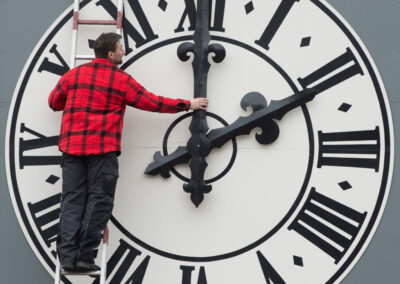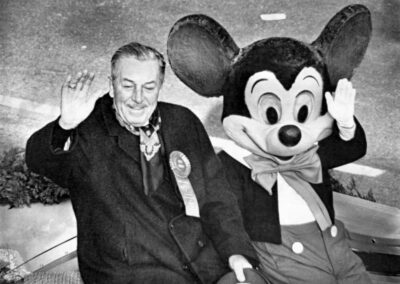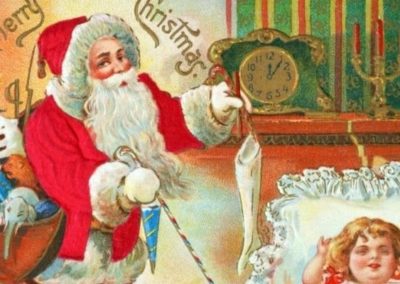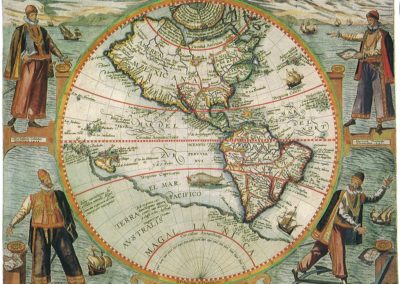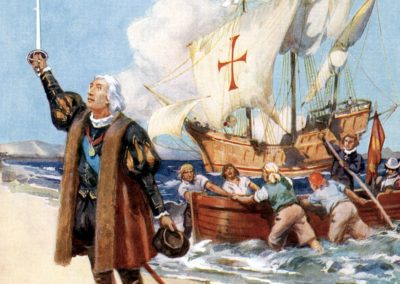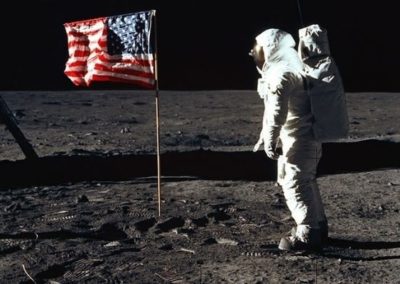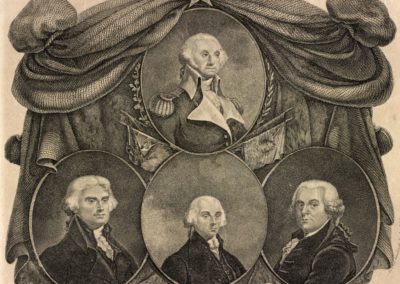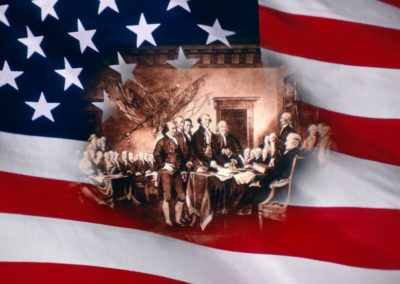The Revolutionary War Origins of the Headless Horseman
The Legend of Sleepy Hollow is America’s oldest ghost story.
By: Elizabeth Lawrence | October 17, 2025 | 698 Words
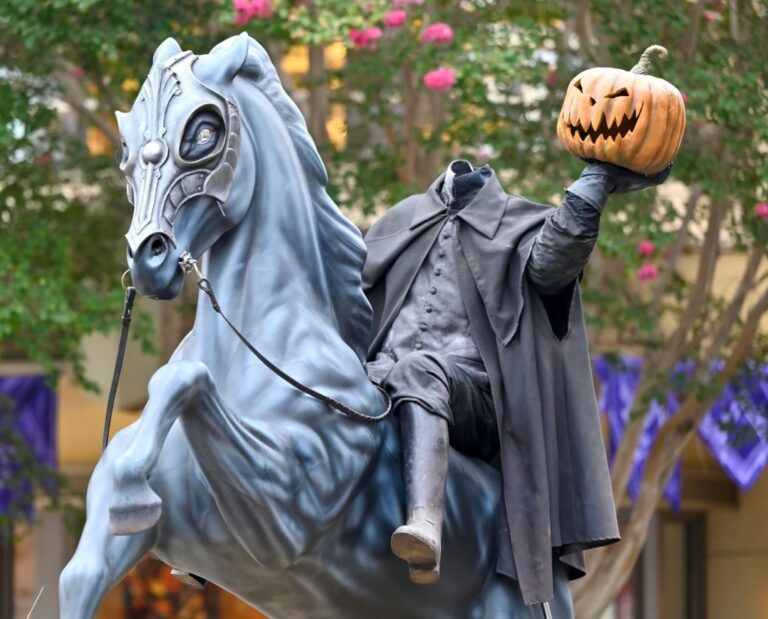
(Photo by Jeff Gritchen/MediaNews Group/Orange County Register via Getty Images)
Every year, as autumn’s chill creeps in and darkness falls a little sooner, Americans revisit one of the nation’s oldest ghost stories: The Legend of Sleepy Hollow. Washington Irving’s tale, first published in 1820, has stood the test of time, haunting curious readers for more than two centuries.
The legend goes like this: Ichabod Crane, a schoolmaster who lived in the village of Sleepy Hollow nestled along the Hudson River, became fascinated with ghost stories, particularly a local haunting about a headless horseman.
One night, while returning home from a party, Crane saw the ghostly headless horseman. What appeared to be a frightening spirit chased Crane and threw a large, round object at him, which Crane believed to be the horseman’s decapitated head. After the petrifying encounter, the schoolmaster disappeared from Sleepy Hollow, never to be seen or heard from again.
Where did this timeless legend come from – and how much of Irving’s terrifying tale is true?
The Headless Horseman
Historian Elizabeth Bradley from Historic Hudson Valley believes Irving’s legend may have been inspired by Sir Walter Scott’s The Chase, which, according to History.com, “is a translation of the German poem The Wild Huntsman by Gottfried Bürger and likely based on Norse mythology.”
Bradley described Scott as Irving’s “mentor,” and suggested the Sleepy Hollow author was influenced by Scott’s work, especially the poem “about a wicked hunter who is doomed to be hunted forever by the devil and the ‘dogs of hell’ as punishment for his crimes.”
But Bradley isn’t the only one with a theory on the Headless Horseman’s origins. The New York Historical Society points to Irving’s story itself, which describes the horseman as “the ghost of a Hessian trooper, whose head had been carried off by a cannonball in some nameless battle during the Revolutionary War.”
Incredibly, there is historical documentation about a Hessian soldier who was decapitated by a cannonball. Major General William Heath’s 1798 memoir describing his experiences during the Revolutionary War includes a chilling passage about the Battle of White Plains, which took place in late October – coincidentally (or not) around Halloween. According to Heath, an American cannonball “took off the head of a Hessian artillery man.” The Battle of White Plains occurred just shy of ten miles from Tarrytown, where Irving lived as a teenager in 1798.
Fact or Fiction?
Irving’s haunted tale continues to command the attention of the supernaturally curious in large part due to its brilliant blend of established fact and, well, possible fiction.
For instance, according to The New York Times, a real “Ichabod Crane” existed: Col. Ichabod B. Crane served almost 50 years in the United States Marines after enlisting in 1809. However, there’s no record that Irving and Crane ever crossed paths, the Times reported.
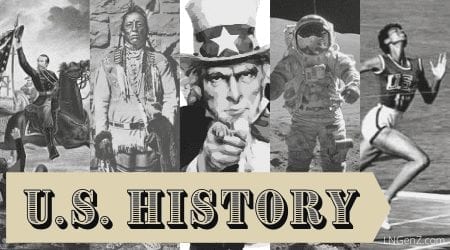 “He cleverly weaves together factual locations – the Old Dutch Church and churchyard, ‘Major Andre’s Tree,’ some actual family names, including van Tassel and Ichabod Crane – and a little bit of Revolutionary War history with pure imagination and fantasy,” Bradley said. “It’s a melting pot of a story, and thus totally American.”
“He cleverly weaves together factual locations – the Old Dutch Church and churchyard, ‘Major Andre’s Tree,’ some actual family names, including van Tassel and Ichabod Crane – and a little bit of Revolutionary War history with pure imagination and fantasy,” Bradley said. “It’s a melting pot of a story, and thus totally American.”
While some believe the Headless Horseman is a real spirit who haunts the Hudson River Valley, others insist it’s just a spooky tale that taps into one of humanity’s greatest fears: a traumatic past that never dies.
“The headless horseman supposedly seeks revenge – and a head – which he thinks was unfairly taken from him,” said Franz Potter, a professor at National University. “This injustice demands that he continually search for a substitute. The horseman, like the past, still seeks answers, still seeks retribution, and can’t rest. We are haunted by the past which stalks us so that we never forget it.”

- Washington Irving wrote The Legend of Sleepy Hollow in 1820, and it became one of the oldest American ghost stories.
- The Headless Horseman may be based on a real Hessian soldier whose head was blown off by a cannonball during the Revolutionary War.
- Irving’s legend blends real places, people, and Revolutionary War history with unproven details, sparking the curiosity of readers for centuries.

